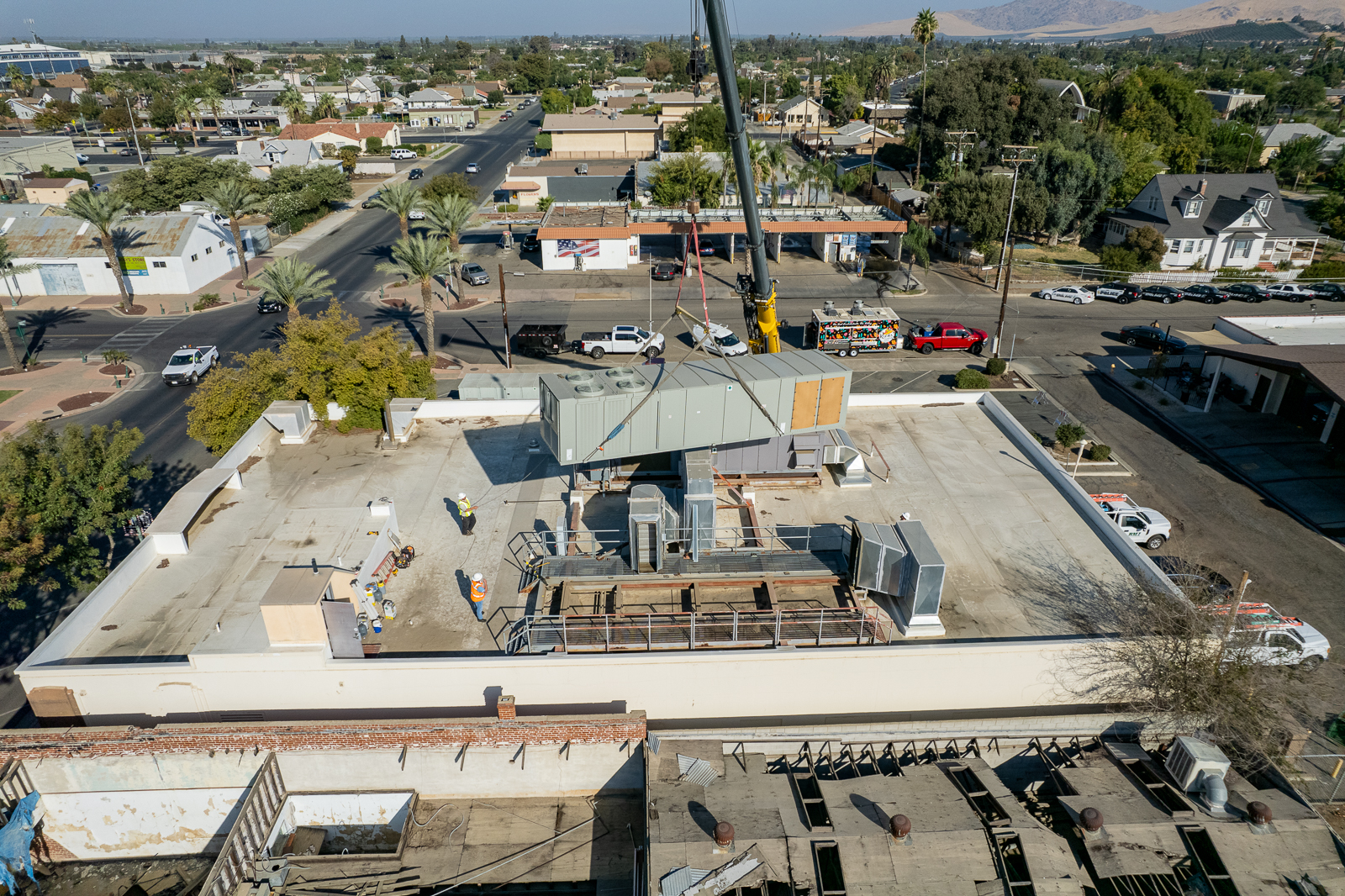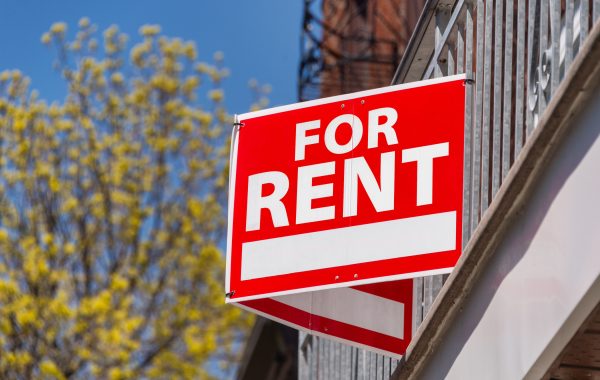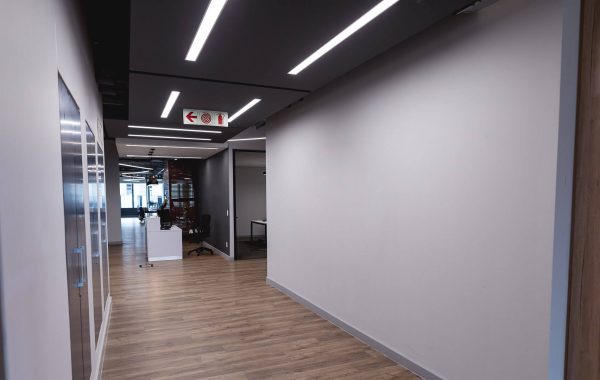
Equipment Replacement Vs Repair
For the average business, end-of-year signifies end-of-year planning for investments and repairs. However, it’s not always cut-and-dry whether or not these investments are worth it in the long run.
Should you bite the bullet and invest in new equipment or should you simply repair what you have and keep moving forward? To help you answer this question, we’ve outlined a series of circumstances that might require equipment replacement, as well as a series of questions to ask yourself concerning replacement vs repair.
5 situations that justify replacement
When evaluating your current system and equipment, here are some particular circumstances that should prompt you to more heavily consider replacement:
Breakdowns
If your equipment is regularly breaking down and causing problems for your staff, then it’s likely time to consider a full replacement of one or more components. You may also want to consider replacement if you’ve seen an upward trend in the cost of repairs over the last few years. This is a good indicator that your equipment is headed towards more costly and longer-lasting breakdowns.
Consumption
If your equipment is old and consuming massive or unnecessary amounts of energy, replacement might be the right choice. New and more modern equipment can have a positive impact on energy waste and cost.
Insufficiency
If your equipment is not operating at a sufficient level, why continue to put up with it? Whether it’s not cooling or heating properly or whether it’s unable to properly ventilate indoor spaces, these insufficiencies aren’t just inconvenient and uncomfortable — they can cost money, lead to downtime, and create vulnerabilities. Replacing insufficient equipment can save you money, keep your guests and employees more comfortable, and create safer, healthier spaces.
Related Content: 3 HVAC technologies that improve indoor ventilation
Changes
If you’ve made any recent changes to your business or facility (from structural changes to the building to increasing the number of employees or guests in your building at any given point), then replacement might be necessary. With new changes, come new demands. It’s important to determine if your pre-existing equipment can keep up with those changes. If it can’t, then it’s time to consider replacement.
Luck
If you happen to be lucky enough to have the “use it or lose it” capital funds in Q4, then use them. Invest in your equipment, so you can operate more smoothly in the coming year. This is more important than ever given the COVID-19 pandemic. Take this opportunity to invest in equipment that promotes proper indoor ventilation and reduces the spread of harmful particles.
Replace vs Repair: How to make the decision
The following series of questions can help you make a logical decision when it comes to replacing or repairing aging or failing equipment.
What’s the history of your equipment?
As we mentioned earlier, equipment that regularly breaks down is a surefire sign that things need to be replaced. But more specifically, if you’ve noticed increasing costs or a significant increase in service calls over the last three years, it’s time to speak with your service contractor about replacement. Your service contractor should be able to help you determine where this upward trend is coming from and assist you in narrowing down potential replacement options.
Is your equipment wasting energy?
Back in the day, energy efficiency wasn’t top priority when considering building needs and goals. Now, however, people are coming to the realization that energy efficiency equates to a reduction in electricity costs. In fact, more modern equipment can save you as much as 50% on energy bills. To determine whether or not your equipment is saving or wasting energy, your service contractor can complete a benchmarking tool (such as the Building Energy Scorecard from BMI) to identify vulnerabilities and savings opportunities.
What is the cost of not replacing your equipment?
Your service contractor should have the ability to help you clearly define the financial impact of not replacing certain system components. With a financial analysis, you can determine if the continued annual cost of repairs will be greater than that of replacement. These costs should include energy, service, labor, revenue, and productivity costs.
The first steps to take when replacing your equipment
At BMI Mechanical, we have decades of experience helping companies make the decision between repairing and replacing aging or failing equipment. When we work with our clients, we recommend developing a 3- and 5-year plan that helps prioritize equipment replacement.
This plan is coupled with a multi-year budget that makes the financial cost of replacement much easier to manage. At BMI, we also offer flexible billing options and short-term and long-term financing options. Don’t forget to ask your service provider if any similar financing options are available, since this can greatly lift up cash flow restrictions and enable better decision making.
If necessary, your service contractor should also be able to provide a financial analysis that determines the ROI of your investments, further aiding you in your ability to make a logical decision as to repairing or replacing equipment.
Have more questions regarding replacement vs repair of your equipment. Fill out our online contact form or review our additional resources.




